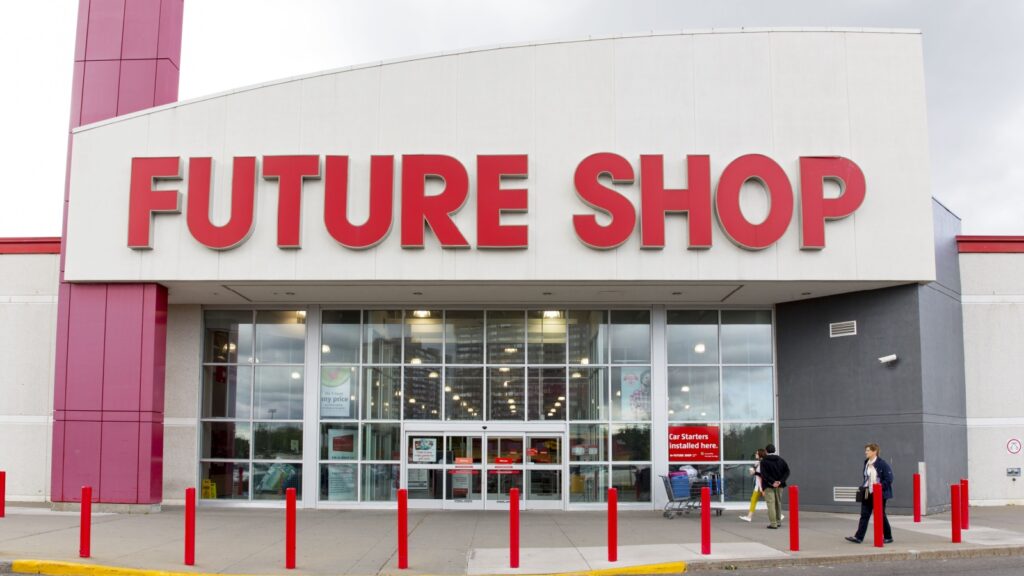For Canadians, certain brands weren’t just stores or products—they were weekend rituals, TV commercials you could recite by heart, and logos that lived rent-free in our memories. Yet, behind their familiar names, many couldn’t withstand globalization, digital disruption, or corporate mergers that shifted the business landscape. From family-owned icons to massive retailers, these companies remind us how fast even the biggest names can disappear. Here are 18 Canadian companies that were household names but are now gone.
Eaton’s
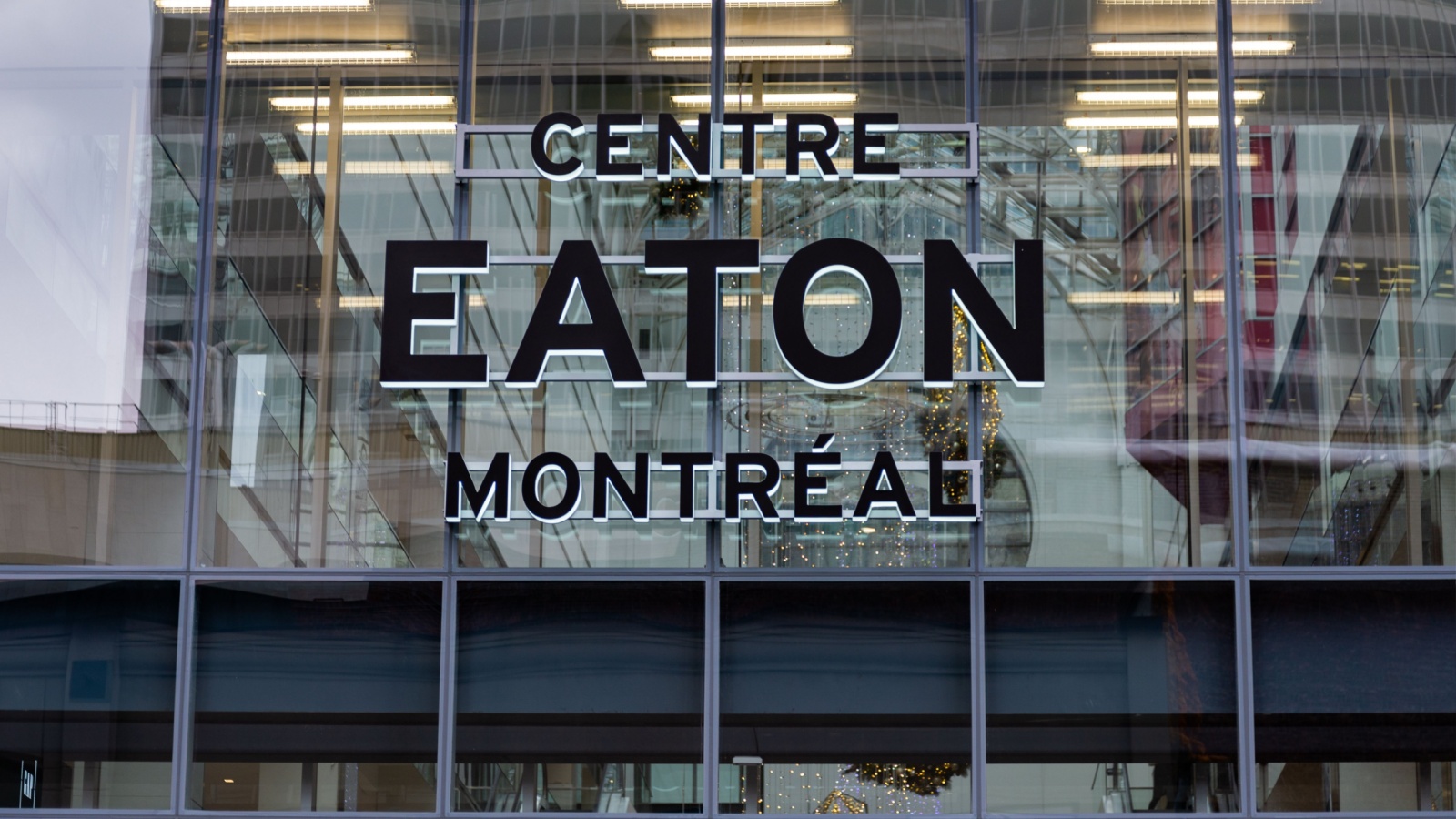
Eaton’s was once the gold standard of Canadian retail. Founded in 1869 by Timothy Eaton, the department store became synonymous with middle-class prosperity and even introduced Canada’s first mail-order catalog. Its flagship stores are anchored downtowns across the country, offering everything from furniture to fashion. However, by the 1990s, competition from Hudson’s Bay and Sears, coupled with an inability to modernize, led to financial collapse. The company declared bankruptcy in 1999 after 130 years in business. For many Canadians, its closure marked the end of a retail era defined by elegance, service, and tradition.
Nortel Networks

Nortel Networks was a telecommunications titan that once represented over a third of the Toronto Stock Exchange’s total value. Emerging from Bell Canada in 1895, Nortel was an early leader in digital networking and fiber optics. However, its overvaluation during the dot-com boom and subsequent accounting scandals caused one of the most dramatic corporate downfalls in Canadian history. By 2009, Nortel filed for bankruptcy protection, erasing billions in shareholder value and leaving tens of thousands unemployed. Its demise remains a cautionary tale of corporate mismanagement, market overconfidence, and the fragile nature of tech leadership.
Zellers
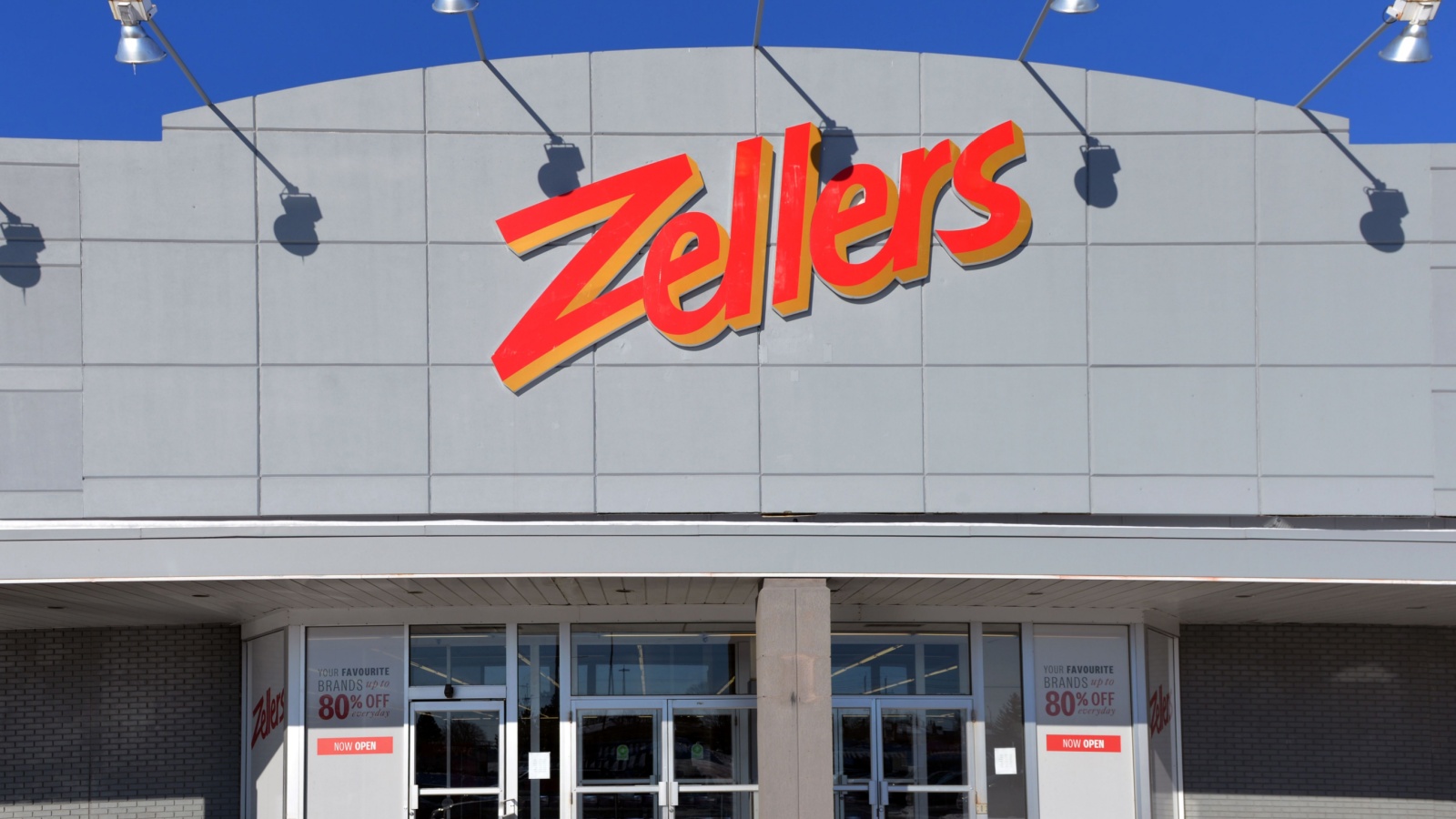
Zellers was once a go-to department store chain for affordable shopping, operating more than 300 locations at its peak. It balanced discount prices with Canadian charm, famous for its in-store diners and “club Z” loyalty program. But when U.S. retailers like Walmart and Target entered the market, Zellers struggled to stay competitive. In 2011, most of its store leases were sold to Target, effectively sealing its fate. Though the brand has seen small-scale revivals online and in select Hudson’s Bay locations, the original Zellers spirit, complete with its red logo and cafeteria nostalgia, is long gone.
BlackBerry Limited (as a phone maker)

Before the iPhone era, BlackBerry was the crown jewel of Canadian innovation. Founded in Waterloo, Ontario, it dominated global smartphone markets in the 2000s, adored by business executives for its secure email system and physical keyboard. But when touchscreens and app ecosystems took over, BlackBerry failed to adapt quickly. By 2016, it exited phone manufacturing to focus on software and cybersecurity. Though the company still exists, its phones, once symbols of power and productivity, are extinct. BlackBerry’s rise and fall mirror the brutal pace of technological change and how quickly dominance can evaporate.
Future Shop
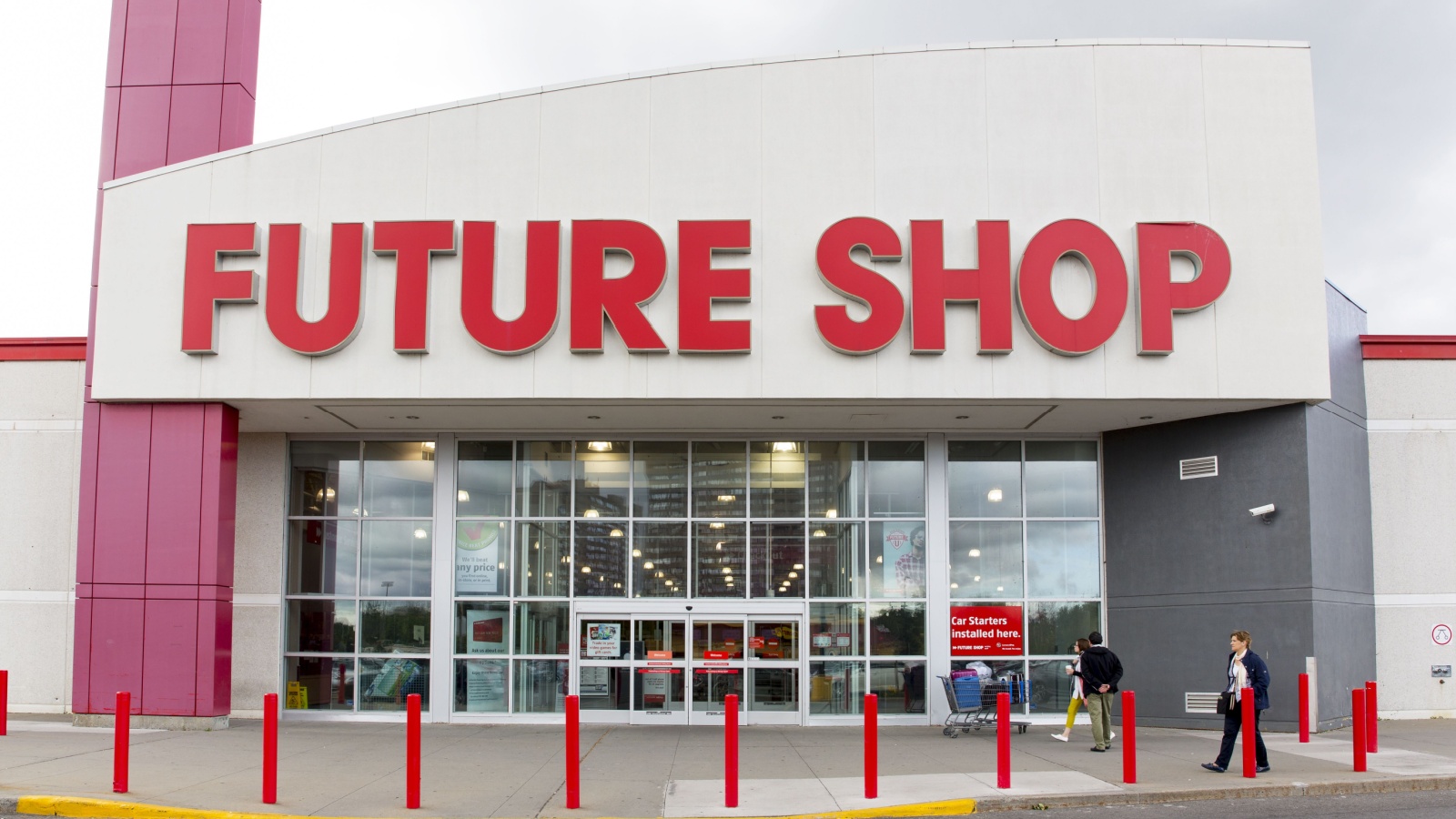
Future Shop was Canada’s electronics retail giant long before Amazon Prime and online reviews existed. Founded in 1982 in Vancouver, it offered everything from stereos to laptops and employed thousands across the country. In 2001, Best Buy purchased the company but maintained both brands for over a decade. Eventually, Best Buy shuttered all Future Shop stores in 2015, rebranding some locations under its own name. The closure represented not just corporate consolidation, but the broader shift from physical retail to e-commerce convenience—a transformation that redefined how Canadians shop for technology.
Target Canada
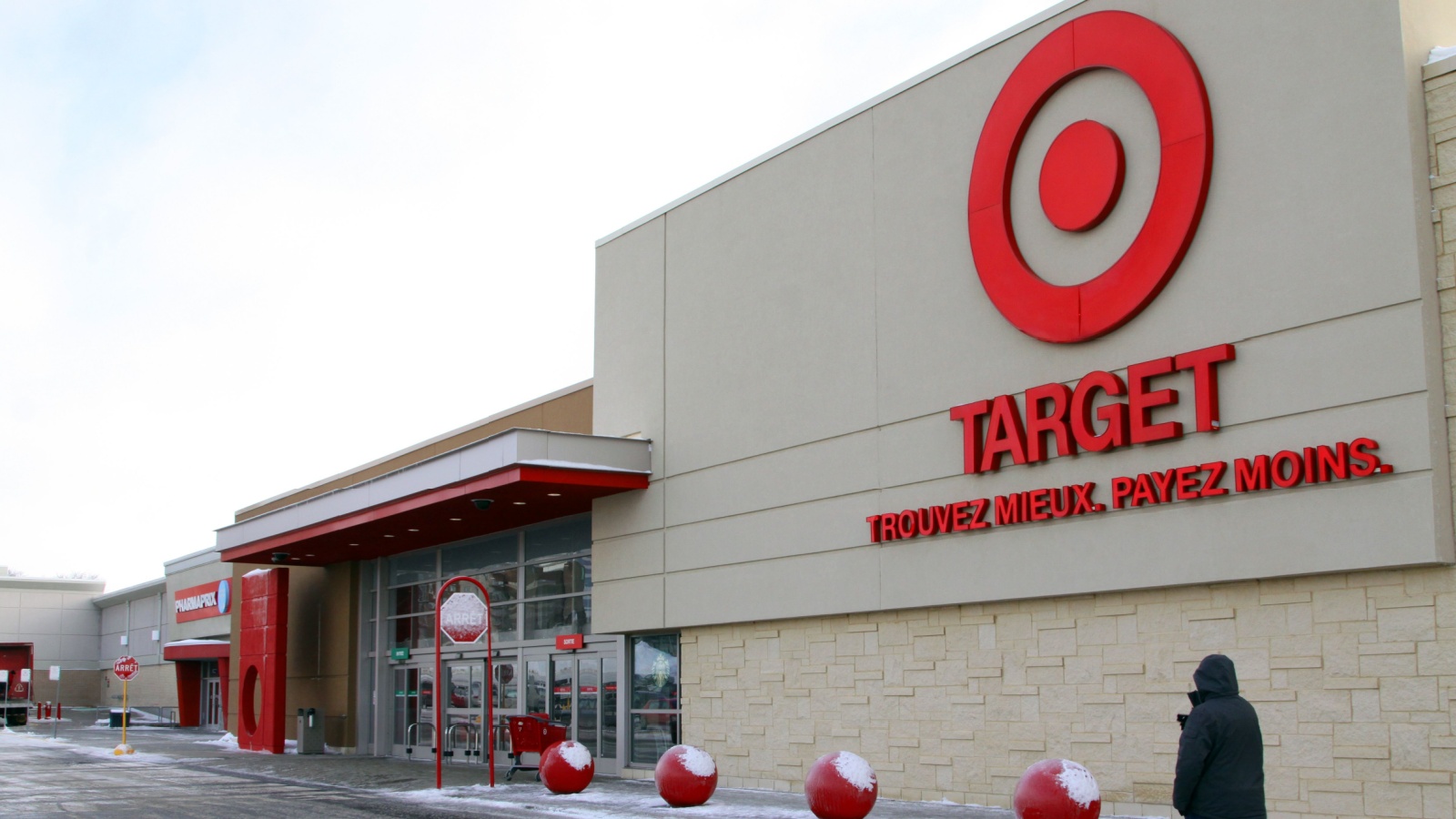
Target’s Canadian expansion was one of the most anticipated—and disastrous—retail launches in recent memory. Opening in 2013, the U.S. retail giant took over many former Zellers locations, promising trendy goods and low prices. Instead, shoppers found empty shelves, higher prices than expected, and logistical chaos. By 2015, Target pulled out entirely, closing 133 stores and laying off over 17,000 workers. The $5.4 billion failure remains a business-school case study in market misreading and execution failure, proving that brand power alone can’t overcome poor planning and consumer disappointment.
Dominion Stores
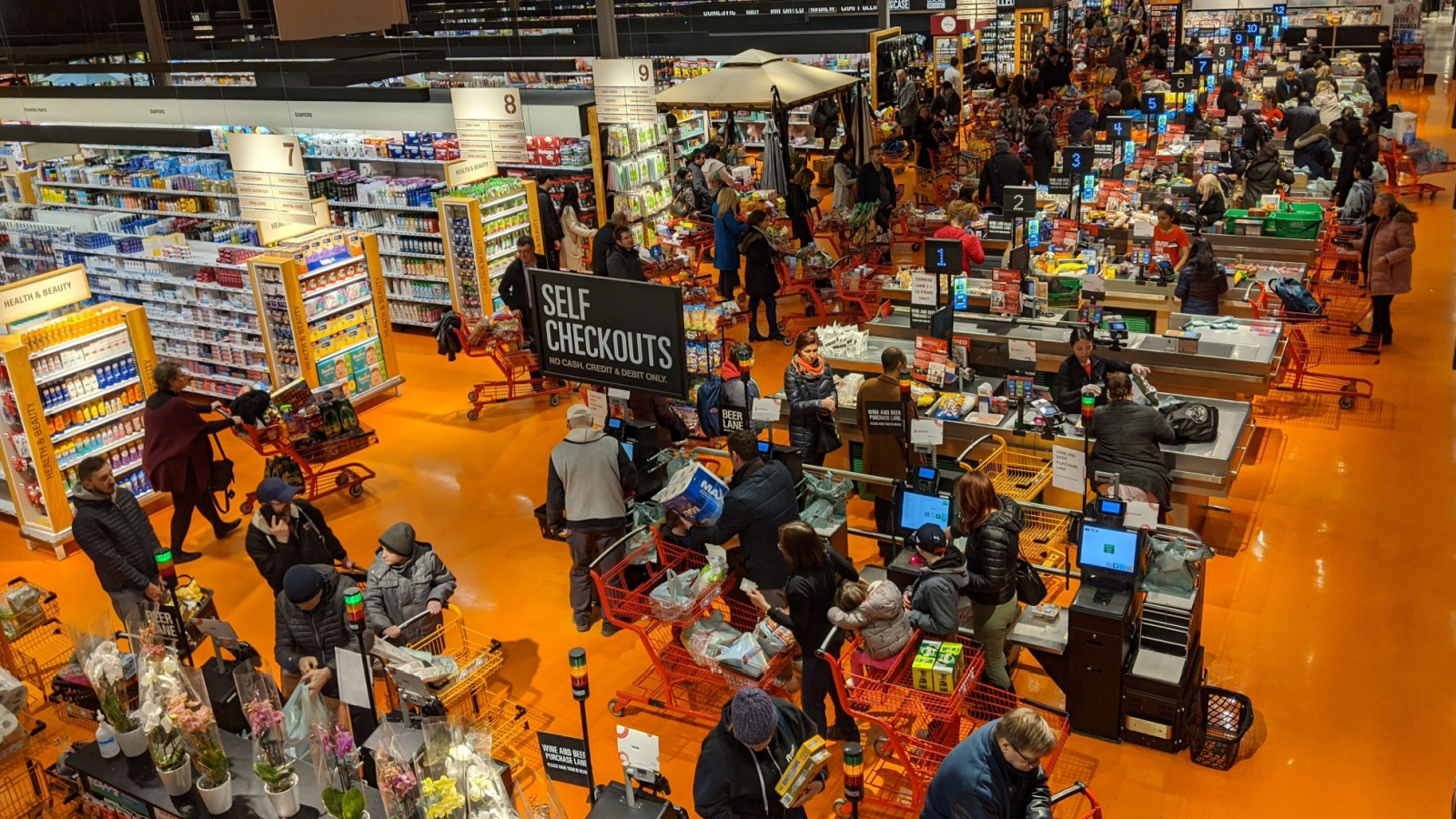
For decades, Dominion Stores was a dominant name in Canadian grocery retail. Founded in 1919, it grew into a nationwide chain known for its fresh produce and community presence. However, aggressive competition from emerging supermarket brands like Loblaws and Metro, combined with rising costs, led to a slow decline. By the late 1980s, most Dominion stores were rebranded under other banners following multiple ownership changes. The name officially disappeared by 2008. What remains is nostalgia for a time when grocery shopping felt more personal and local.
Sam the Record Man
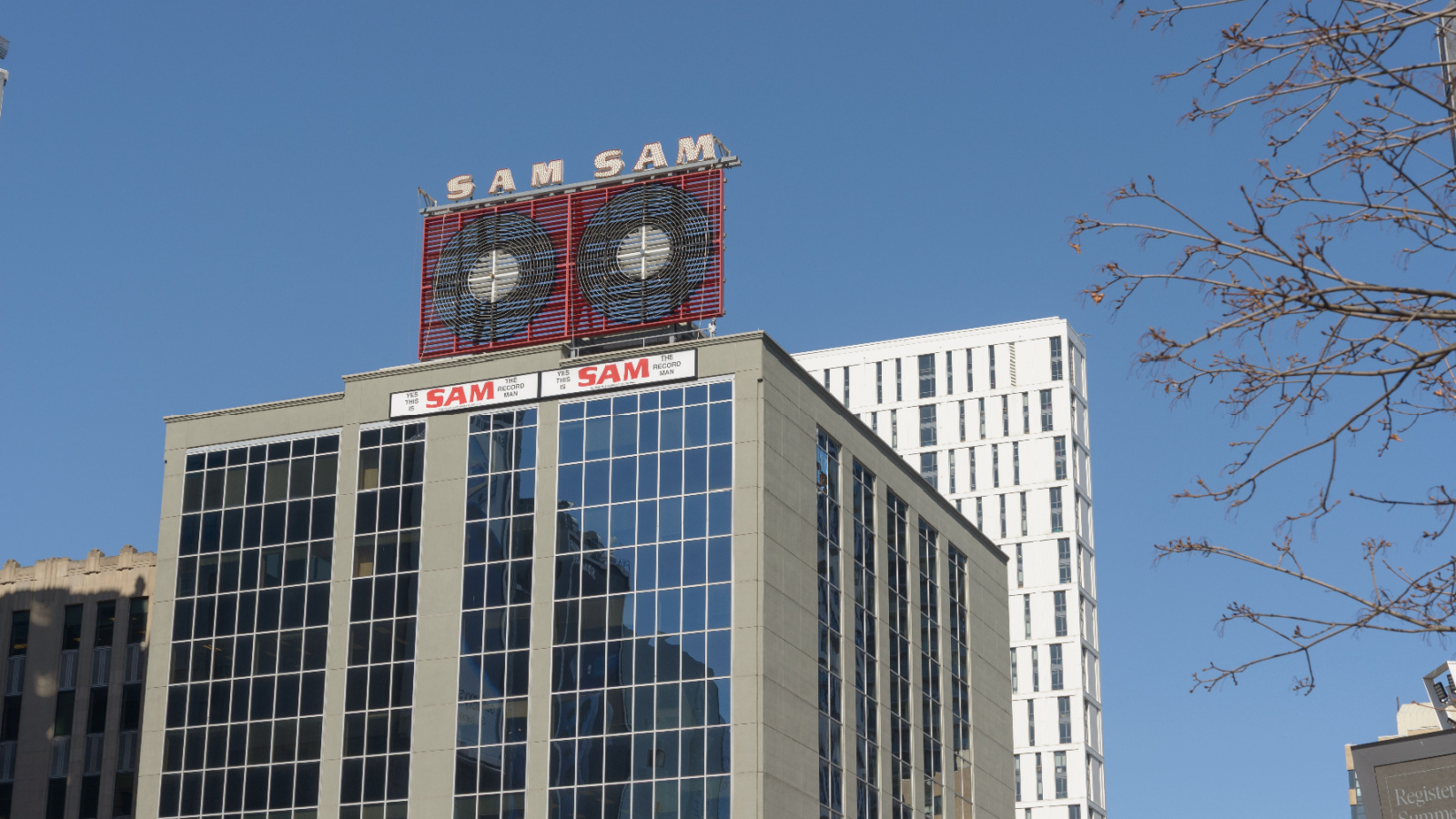
Before Spotify, Sam the Record Man was the heartbeat of Canadian music retail. Founded in 1937 by Sam Sniderman, the store’s neon spinning records became a Toronto landmark on Yonge Street. It offered a vast selection of vinyl, cassettes, and CDs, catering to generations of music lovers. But digital downloads and streaming decimated physical music sales. The company filed for bankruptcy in 2001, with its flagship closing in 2007. Though the sign was later restored as a heritage symbol, the beloved store that once defined Canadian music culture is no more.
Sears Canada

Sears Canada was a household staple for decades, offering appliances, clothing, and furniture through both physical stores and catalogs. It once represented reliability and value, especially in smaller communities. However, as retail trends shifted online and customer tastes evolved, Sears lagged behind. Financial mismanagement and an outdated brand image further sealed its fate. In 2017, the company filed for bankruptcy, closing its remaining 140 stores. Its collapse was symbolic, a final nail in the coffin for traditional department stores that failed to modernize in time.
RadioShack Canada
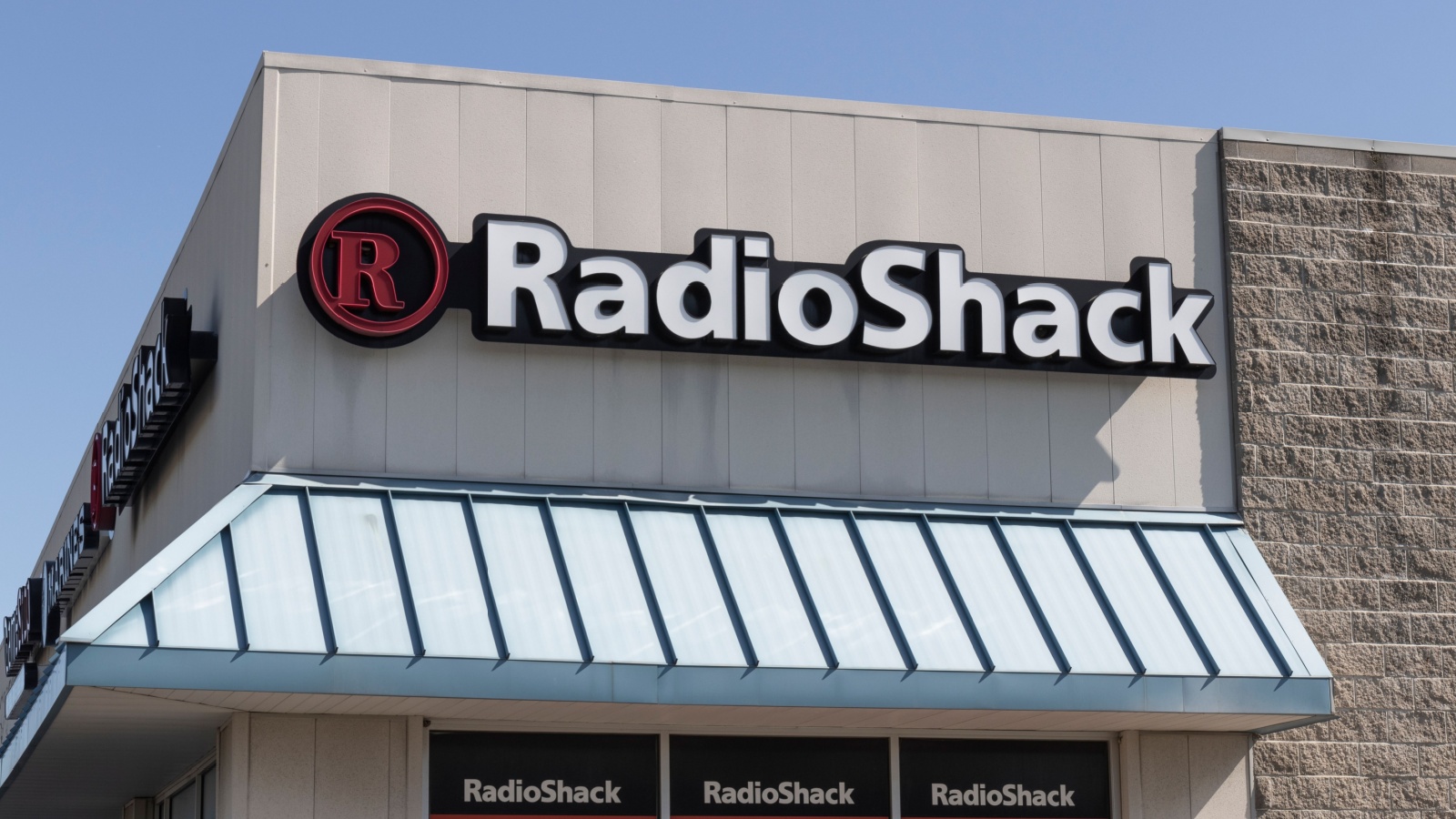
RadioShack Canada was the go-to place for hobbyists, tinkerers, and tech enthusiasts. Whether you needed a soldering iron, cables, or a transistor radio, it had everything. The franchise was operated by InterTAN, which later rebranded stores as “The Source by Circuit City.” Unfortunately, as online shopping rose and electronics became commodified, foot traffic declined sharply. Circuit City’s own collapse in 2009 further weakened the chain. Although “The Source” still exists under Bell’s ownership, the distinct RadioShack brand that once fueled Canada’s DIY tech culture has disappeared entirely.
Roots Air

Roots Air was an ambitious, short-lived airline launched in 2001 by the Canadian clothing brand Roots. Designed to bring style and comfort to air travel, it aimed to rival Air Canada with modern planes and premium service. However, the timing couldn’t have been worse—the airline launched just months before 9/11 devastated the aviation industry. Financial losses mounted quickly, and by May 2001, operations were suspended. Despite its brief life, Roots Air remains an intriguing example of brand diversification gone wrong in a volatile market.
Woolco
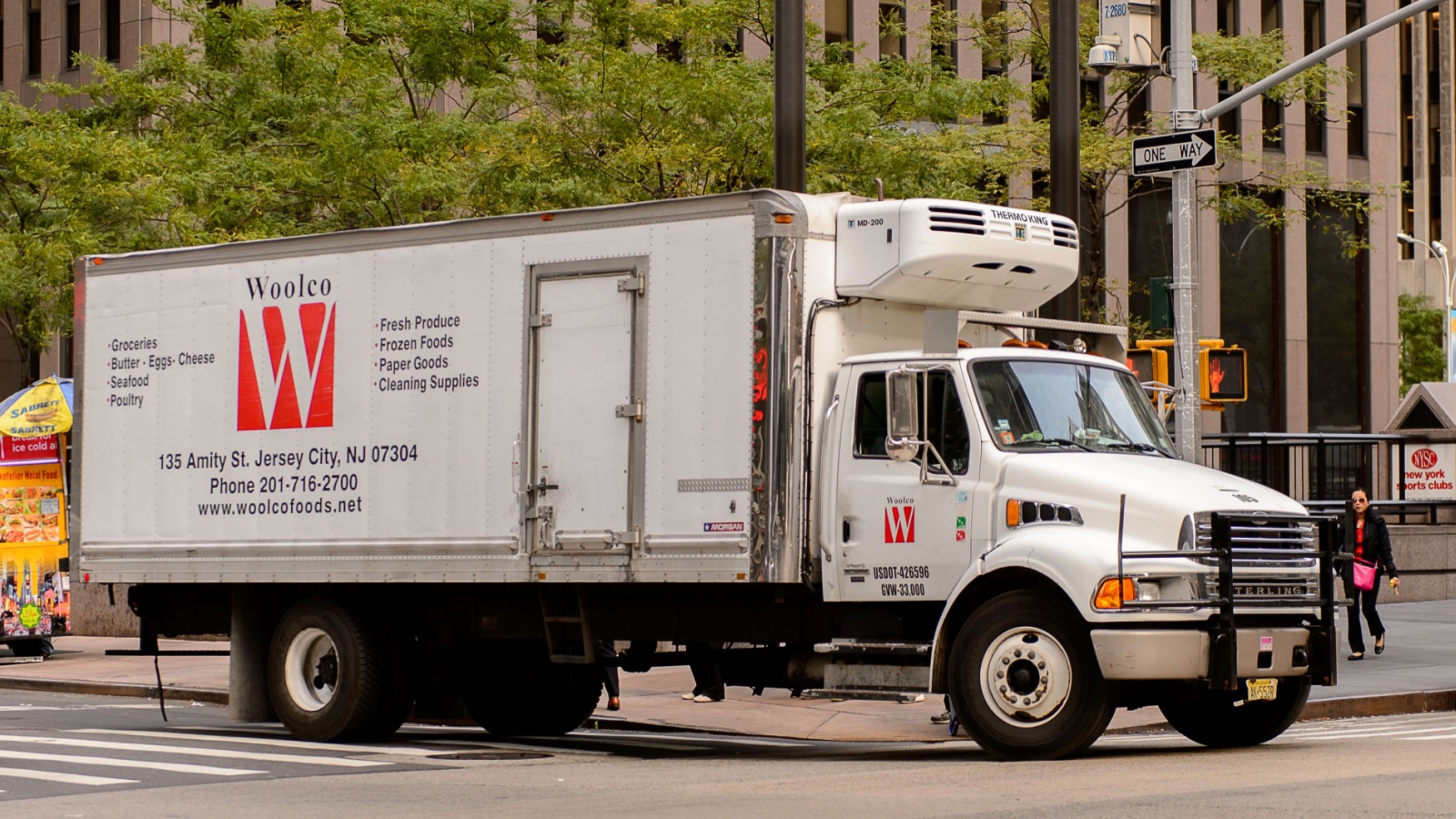
Woolco, a subsidiary of the U.S.-based Woolworth Company, operated hundreds of discount department stores across Canada starting in the 1960s. It became a reliable shopping spot for families looking for affordable clothing and home goods. However, by the early 1990s, its outdated stores and management structure couldn’t compete with the emerging retail giants. In 1994, Walmart purchased all 122 Woolco locations in Canada, instantly gaining a national footprint. Overnight, Woolco vanished, marking a major turning point in Canadian retail and the beginning of Walmart’s dominance.
Consumers Distributing
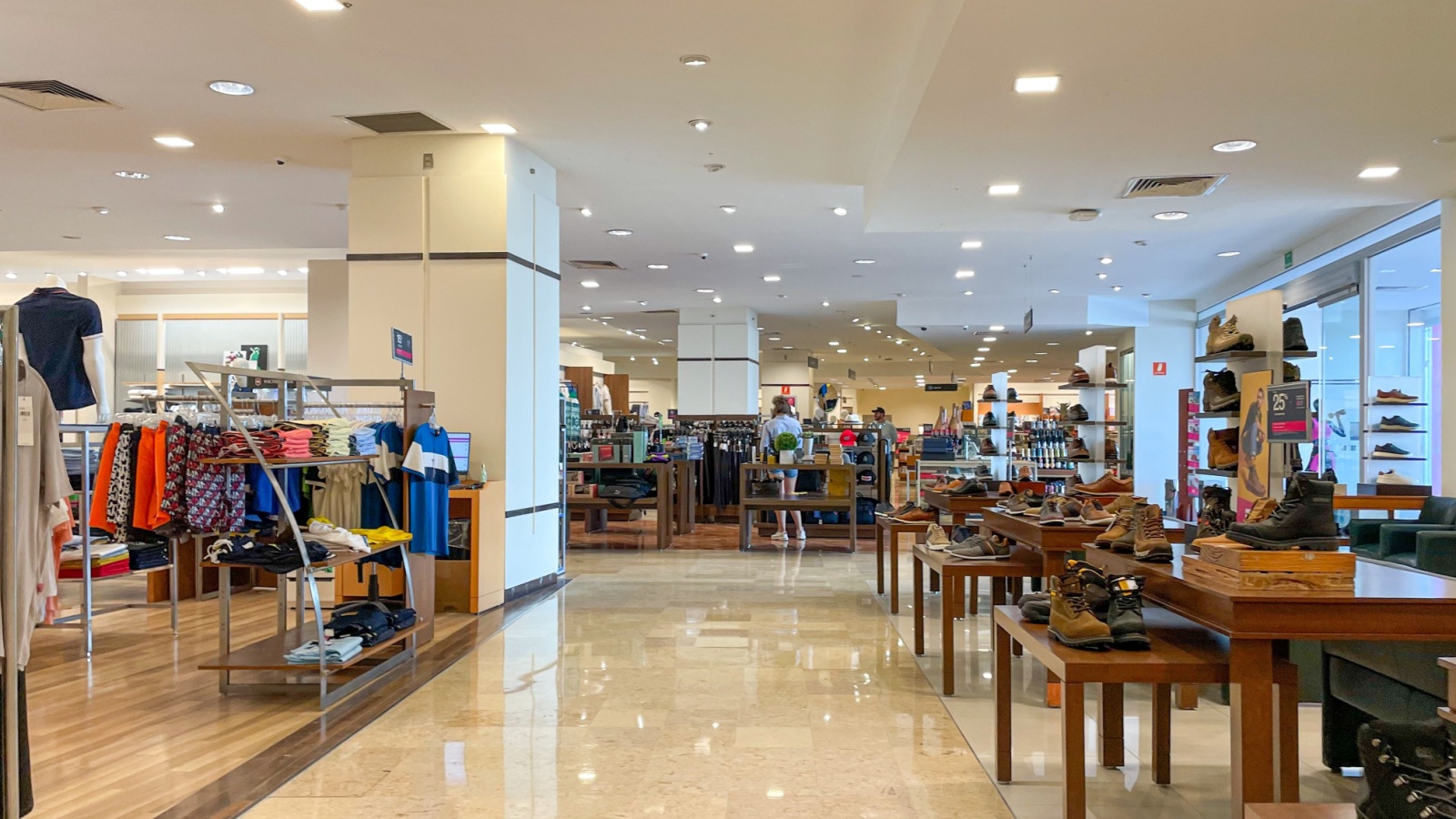
Consumers Distributing offered a unique hybrid retail model: customers browsed catalogs, filled out order slips, and waited for staff to retrieve items from the back. This “just-in-time” concept was efficient until the rise of real-time inventory systems made it outdated. Founded in 1957, it thrived for decades but collapsed in 1996 under competition from retailers offering immediate product access. For many Canadians, visiting Consumers Distributing was a nostalgic ritual, part lottery, part shopping trip. Its downfall reflects how quickly convenience expectations can evolve in retail.
Bre-X Minerals Ltd.

Bre-X Minerals became infamous for one of the largest mining scandals in history. In the 1990s, it claimed to have discovered an enormous gold deposit in Indonesia, causing its stock to skyrocket. Investors poured in millions, only to discover the find was fraudulent, and core samples had been salted with gold. The scandal destroyed investor confidence, wiped out fortunes, and led to years of legal battles. Bre-X collapsed entirely in 1997. Its name became synonymous with corporate deceit and remains a dark chapter in Canadian business history.
Eatons Catalog Co. (Mail Order Division)

Even after Eaton’s department stores declined, its mail-order catalog remained a cultural icon. Introduced in 1884, it brought fashion, furniture, and even farm tools to remote Canadian households. Generations grew up flipping through its pages, marking Christmas wish lists and household dreams. But with the rise of online shopping and evolving logistics, the catalog became obsolete. The final edition was printed in 1976. Its closure ended an era where catalogs were lifelines to consumer access, especially in rural Canada.
Olympia & York

Olympia & York was once the world’s largest real estate development company, responsible for landmarks like Toronto’s First Canadian Place and London’s Canary Wharf. Founded by the Reichmann family, the company represented Canadian business ambition on a global scale. But the early 1990s recession and overleveraged projects led to bankruptcy in 1992, with debts exceeding $20 billion. The collapse shook confidence in corporate real estate empires and remains one of Canada’s most dramatic business implosions. The Reichmanns later rebuilt parts of their portfolio, but the original company never returned.
Labatt Breweries (as an independent company)

Labatt Breweries was a symbol of Canadian beer culture for over a century. Founded in 1847 in London, Ontario, it built national pride around products like Blue and 50. However, globalization reshaped the industry, and in 1995, Belgium-based Interbrew (now AB InBev) acquired the company. While the Labatt name lives on, the brand’s Canadian independence disappeared. The shift reflects how multinational ownership has absorbed once-iconic local companies, blending heritage with global production and profit motives.
Canadian Airlines

Before Air Canada’s dominance, Canadian Airlines was a proud national carrier formed in 1987 through a merger of Pacific Western and CP Air. Known for its service and maple leaf logo, it represented Canadian identity abroad. But intense competition, high operating costs, and limited international partnerships strained its finances. In 2000, Air Canada absorbed the airline entirely. Its fleet, employees, and routes were integrated, erasing one of the country’s last major airline competitors. For many travelers, it remains a symbol of lost competition and nostalgia for 1990s aviation.
21 Products Canadians Should Stockpile Before Tariffs Hit

If trade tensions escalate between Canada and the U.S., everyday essentials can suddenly disappear or skyrocket in price. Products like pantry basics and tech must-haves that depend on are deeply tied to cross-border supply chains and are likely to face various kinds of disruptions
21 Products Canadians Should Stockpile Before Tariffs Hit
